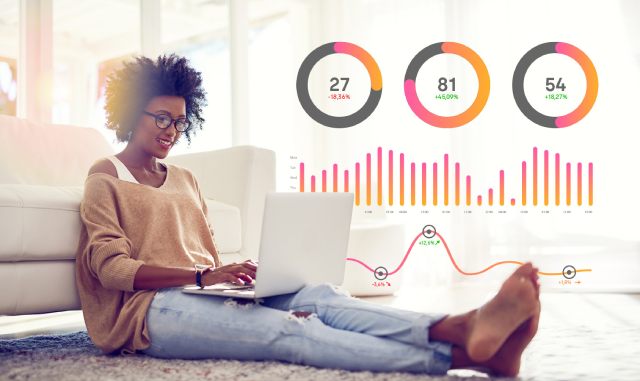Optimizing Media Costs and Enhancing Digital Media Performance
In the dynamic landscape of digital advertising, where the competition for consumer attention is fierce and budgets are often tight, the role of business intelligence (BI) cannot be overstated. Businesses today must navigate through a vast sea of data to make informed decisions, especially when it comes to allocating resources effectively within the digital media sphere. Harnessing the power of BI not only optimizes media costs but also empowers digital media tools to focus on tangible performance metrics, ultimately driving better results and maximizing ROI.
Understanding Business Intelligence in Digital Advertising
Business intelligence in digital advertising refers to the process of gathering, analyzing, and interpreting data from various sources to derive actionable insights. It encompasses a wide array of techniques, including data mining, statistical analysis, and predictive modeling, all aimed at providing advertisers with a comprehensive understanding of their target audience, market trends, and campaign effectiveness.
Focusing on Real Performance Metrics
In the digital advertising ecosystem, metrics such as click-through rates (CTR), impressions, visits or even a form submission are often used as proxies for success. However, these metrics only tell part of the story and may not accurately reflect the actual impact of advertising campaigns. BI enables advertisers to focus on real performance metrics that align with their business objectives, such as:
- Margin: Ultimately, the success of an advertising campaign is measured by its ability to drive conversions (whether that's making a purchase or filling out a contact form) but moreover to generate margin. BI tools allow advertisers to track conversion metrics across different channels and optimize their campaigns for maximum impact on product that generate margin instead of the others.
- Return on Ad Spend (ROAS) focus on product delivering margin onstead to others: ROAS measures the revenue generated for every Euro spent on advertising. By analyzing ROAS data focusing on margin in conjunction with other performance metrics, advertisers can assess the effectiveness of their media investments and allocate budgets accordingly to the right products or services.
- Customer Lifetime Value (CLV): Understanding the long-term value of customers is essential for maximizing ROI. BI tools can help advertisers calculate CLV by analyzing customer behavior, purchase history, and engagement patterns, allowing them to tailor their marketing efforts to high-value segments.
Unlocking Success in the Digital Arena: The Imperative Role of Business Intelligence
In today's hyper-competitive digital landscape, the effective use of business intelligence is paramount for advertisers looking to optimize media costs and drive real performance. By leveraging BI tools to analyze data, identify insights, and measure results, advertisers can make informed decisions that maximize the impact of their digital media investments. Ultimately, integrating BI into digital advertising strategies enables advertisers to stay ahead of the curve, adapt to changing market conditions, and achieve sustainable growth in an ever-evolving landscape.





